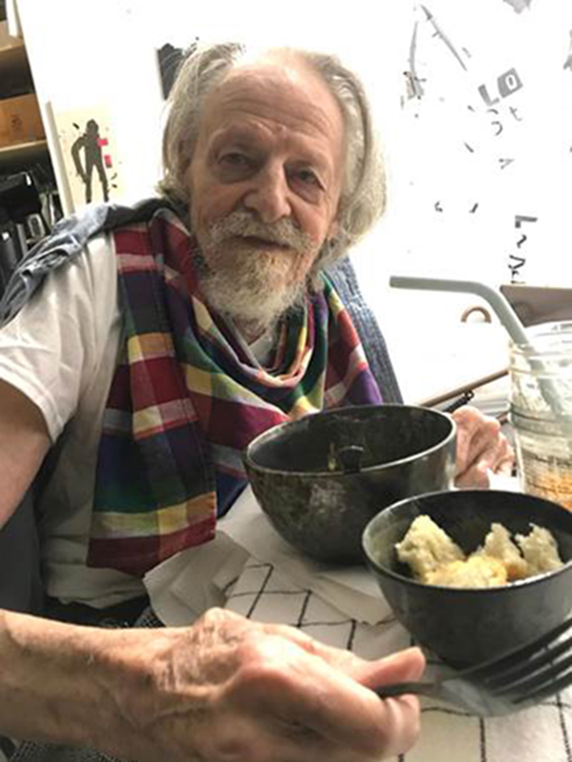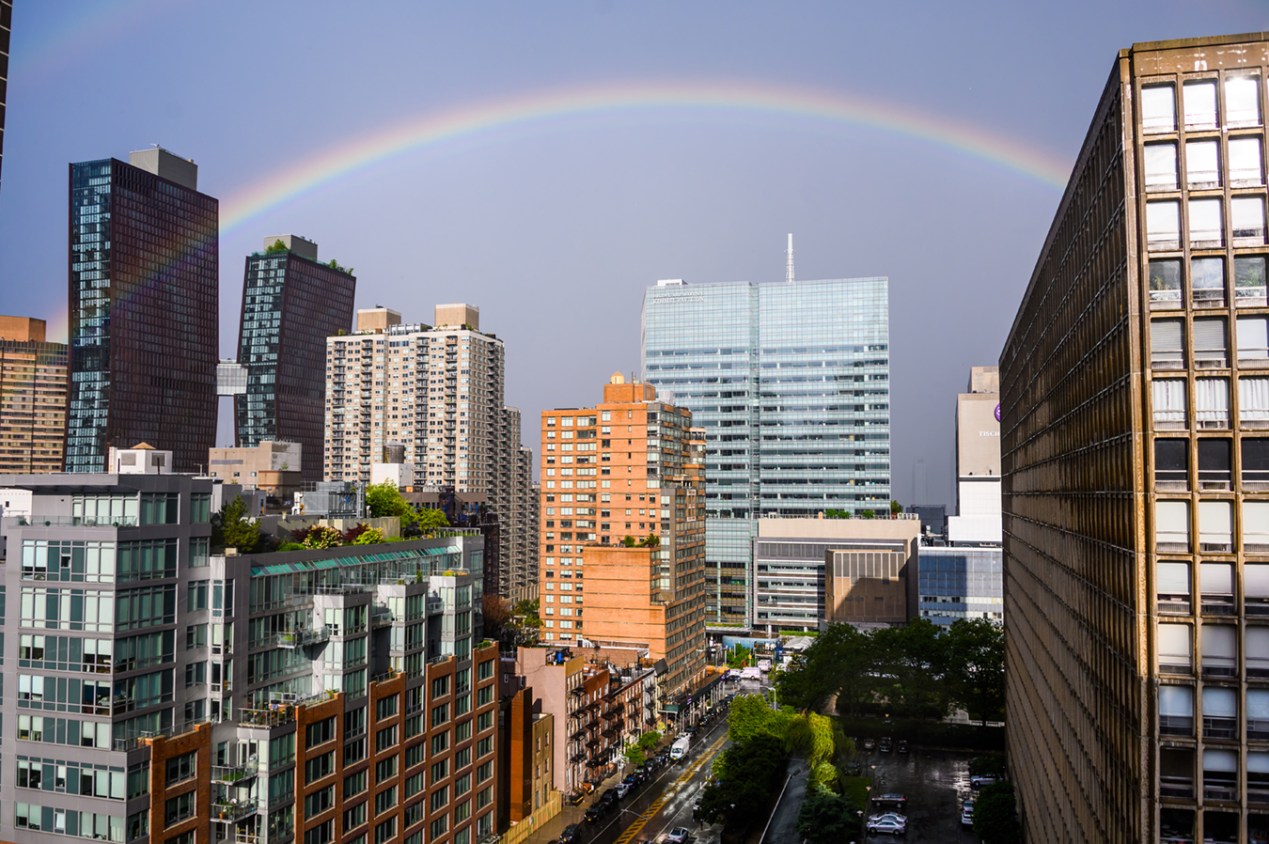Dr. Leora Horwitz treats fewer and fewer covid patients at NYU Langone Medical Center in New York City. Still, she thinks there are too many.
And they almost all have something in common.
“I’ve only had one patient who was vaccinated, and he was being treated for cancer with chemotherapy,” she said, reflecting recent research on the vaccines’ limited effectiveness for cancer patients. “Everyone else hasn’t been vaccinated.”
While taking care of those seriously ill with covid, she asks patients, with sympathy and respect: Why not get vaccinated? A few of them told the internist and hospital researcher that they’re concerned about vaccine safety. But mainly, she said, the responses break down into two groups: One comprises people who have been planning to get vaccinated but didn’t get around to it yet. The second highlights a disturbing deficiency in the pandemic response: those eager to get vaccinated but unable to do so because they are homebound.
“For many of the older people, the people with chronic diseases, it’s been very difficult for them to get out and get the vaccine,” she said. And, since many such patients receive home visits from health care providers, she wonders why the vaccine wasn’t brought to them.
“They’re already connected to a health care organization that’s coming to their home on a regular basis. It seems like that should be a strategy we should be using,” said Horwitz.
Doctors in Denver, Cleveland and other cities have noted the same trend: The covid wards are filled with unvaccinated people. According to the Centers for Disease Control and Prevention, 76% of Americans ages 65 and older have been fully vaccinated, and about 87% have had at least one dose. Cities and states have slowly been rolling out programs to reach some of the nation’s estimated 4 million homebound Americans, but the programs tend to have modest goals and target only a fraction of the people who likely need outreach.
To boost the financial incentives for vaccinating people in their homes, Medicare announced Wednesday it will be reimbursing shots delivered this way at $75 per shot instead of $40 per shot.
New York City in March launched a program for reaching the homebound by working with housing agencies, private health care providers, the city’s Department for the Aging and teams of nurses from the Fire Department. By the second week in June, the program had reached 11,000 people, according to a City Hall spokesperson.
Horwitz and others say the city’s program for reaching these people appears to be working, but not as quickly and efficiently as possible.
For instance, the Visiting Nurse Service of New York, one of the area’s largest home care providers, has a contract with the city to vaccinate people in Queens. Anyone homebound in Queens is eligible, whether they’re a VNS client or not. But if you’re in Brooklyn, Manhattan, Staten Island or the Bronx and get home care from VNS, it won’t help you get vaccinated. You then must go through the central bureaucracy and get assigned to one of the other providers contracted to work in your area.
“The city and the providers we use are the primary entity for homebound vaccinations in the city,” said Avery Cohen, a spokesperson for the administration of Mayor Bill de Blasio. “This is a time-consuming and intricate operation, and we’re doing our best to reach as many people as quickly as we can.”
A spokesperson for the Visiting Nurse Service said that over the past 10 weeks its teams of nurses had administered 2,600 doses and vaccinated 1,700 Queens residents. The contract runs through the beginning of July.
About 75% of city residents 65 and up are partially or fully vaccinated, according to the city’s vaccine dashboard. That’s about 10 points lower than the national average. It’s difficult to say how many of the remaining 25% are homebound, but advocates say it’s surely many times larger than the 23,000 people the city is targeting in its homebound vaccination effort.
Defining and counting the “homebound” is problematic. Laird Gallagher, from the Center for an Urban Future, said there are 141,000 people 60 and older who live alone and report ambulatory difficulty in New York City. Susan Dooha, with the Center for Independence of the Disabled, using a broader standard for disability, estimates there are 422,000 city residents age 65 and up who are either fully homebound or significantly impaired, including 262,000 who are at least 75.
She said the city should cast a broader net in defining the homebound and then create a network of public and private care providers to meet the vaccination needs of this population. Some who remain unvaccinated despite a desire to get a shot may tend to some needs on their own. But they may be cognitively impaired and lack the organizational wherewithal to find a shot, Horwitz said.
After raising the issue for much of the past six months, Dooha was glad the mayor announced a program but was immediately dismayed by its boundaries. “I kept asking, What are the criteria?’” she recalled. “Under the [Americans with Disabilities Act], if you need a home visit — you don’t have to be absolutely homebound by a disability — you deserve an accommodation.”
Manhattan Borough President Gale Brewer, who sits on a panel overseeing the vaccine rollout in Manhattan, said she has not been able to get a straight answer from the city about how it defines “homebound” and then decides who gets targeted for home visits for vaccines.
“There’s been a lot of back-and-forth and confusion,” Brewer said. “It’s like, ‘Am I homebound if I go downstairs to get my mail, but don’t go out?’ The real issue is transparency, and we don’t know what the rules are, and we don’t have any data.”

Dr. Zenobia Brown, a physician and executive with Northwell Health, the state’s largest hospital network, anticipates a difficult slog getting the remaining New Yorkers vaccinated.
“What we find is that there’s not a single barrier, or even a simple set of barriers,” Brown said. “We’re to the point where this is hand-to-hand combat, to understand what the individual barriers are and then create solutions for them.”
For instance, the parents of a 22-year-old man with autism wanted to get their son vaccinated, but due to very fixed routines could make him available only at limited times. Another patient, in his 90s, didn’t want to trouble anyone to come to his sixth-floor walk-up apartment.
Robert Janz, 88, and his wife, Jennifer Kotter, 68, weren’t shy about seeking help. As soon as city plans were announced to serve the homebound, Kotter tried to get an appointment for her husband, an artist and a poet who’s bedridden due to what she describes as a “series of small medical failures,” including back injuries from falling.
It took months before she could book her husband’s vaccination — even though caregivers already come frequently to their fourth-floor walk-up apartment in Manhattan. One of them gave Kotter a phone number to call, which led to another phone number and then another, until she finally succeeded. On June 1, a nurse and an EMT arrived together and gave Janz the Johnson & Johnson single-injection vaccine.
Kotter has come to expect such delays as a caregiver. “When you’re caring for a patient, you have to be patient,” she said.







